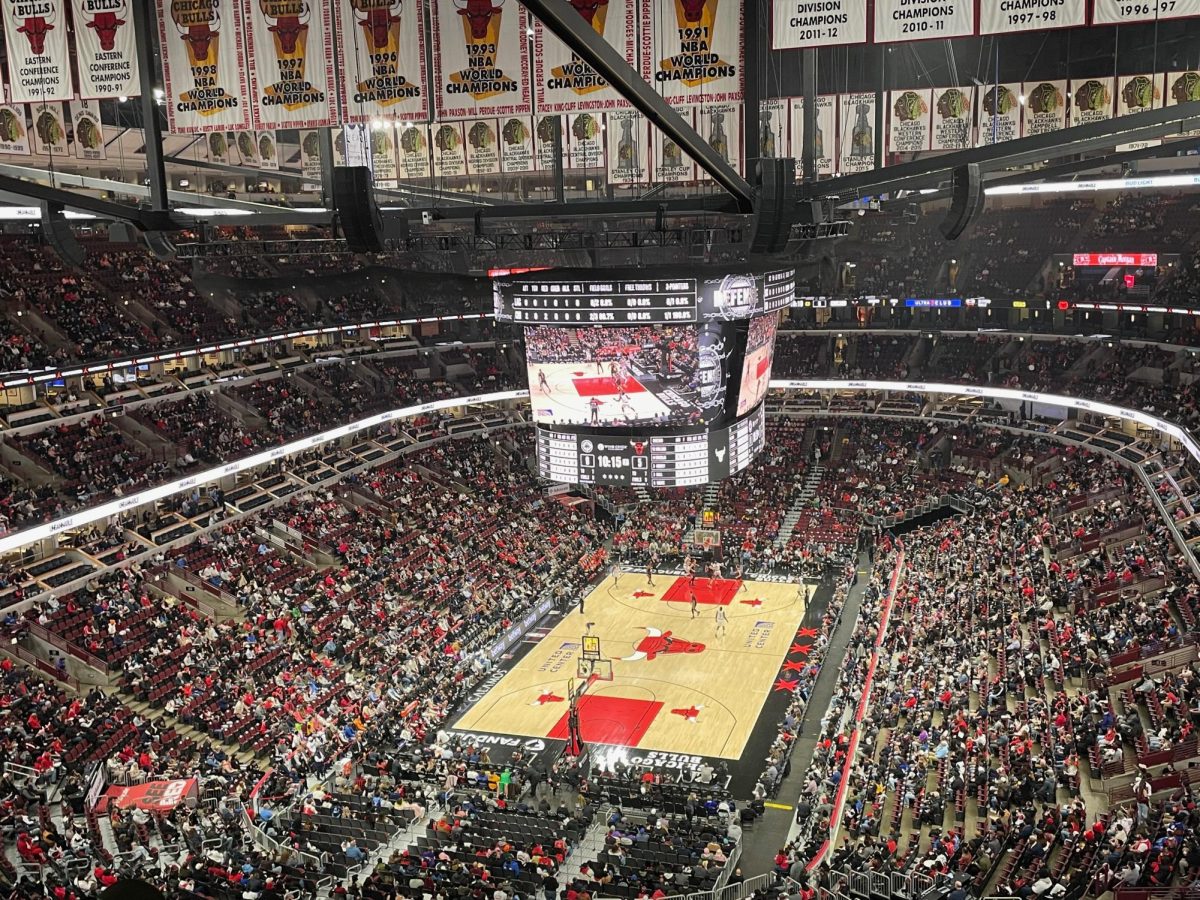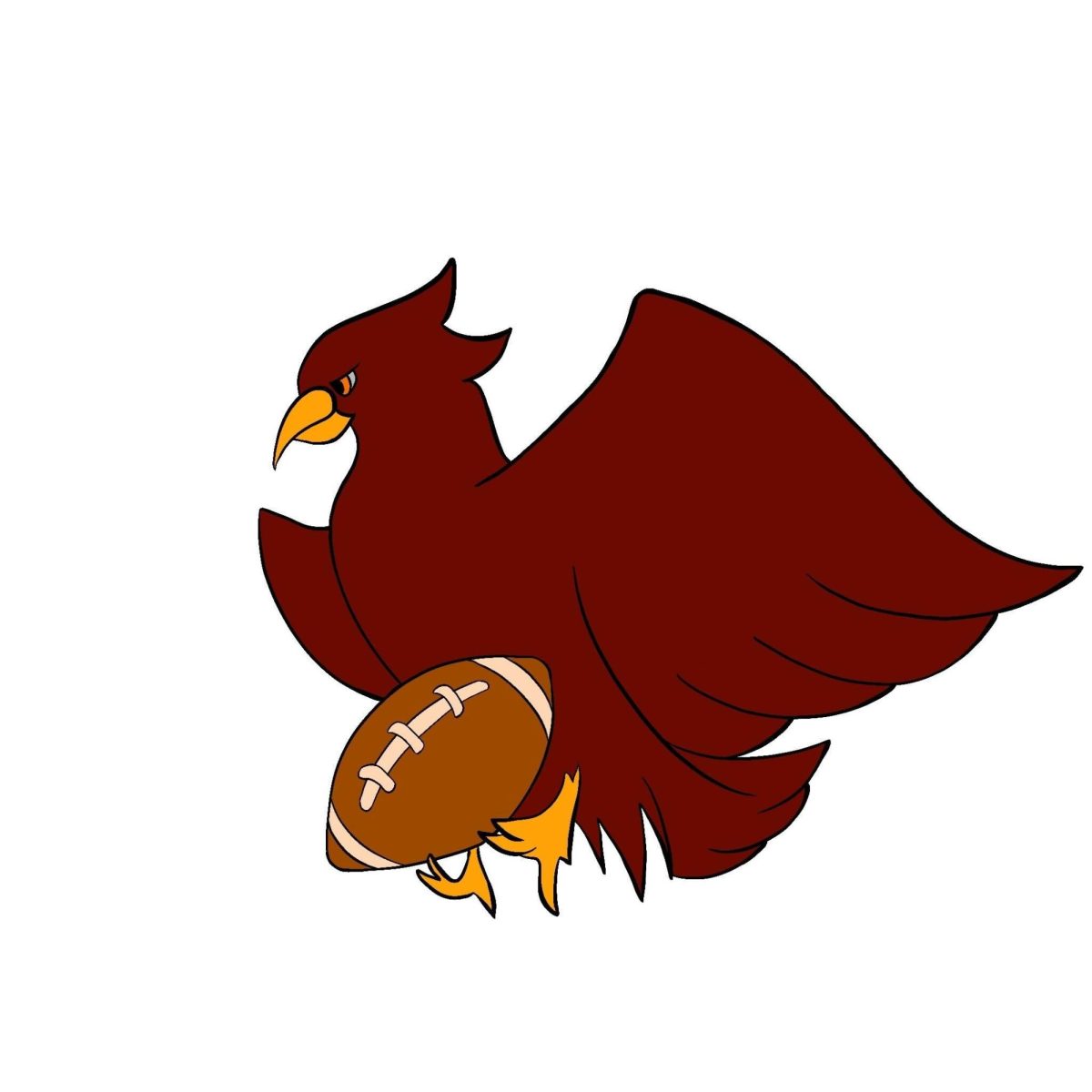As far as injuries go, it was as freakish as they come. There was no contact, no buildup, no warning—just a sudden jolt of a pain and the complete sense of powerlessness that comes with it. Keith Crum had gone after a loose ball in the squad’s regional semifinal against St. John’s (MN). After clearing the ball out of bounds, the then third-year goalkeeper landed awkwardly and went down. He had torn his ACL and meniscus, a set of potentially career-ending knee injuries that would eventually require a New Year’s Day operation and an intensive rehabilitation process before he could return to anything close to his old form.
But there were more pressing matters at stake for Crum: The Maroons were clinging to a 1–0 lead with more than 39 minutes left to play. His replacement and classmate, Tom Bailey, had played sparingly during the past three years and was now being thrown into the spotlight on the biggest stage of the season.
“Here’s Tom being thrust into the job of taking over in the middle of an NCAA game, and I remember Keith turning to Tommy and saying ‘you can do this,’ and Tommy ended up winning the game for us that day,” said former Maroons coach John O’Connor, now the head coach at the University of Rhode Island. “I think that, to me, was one of the moments that just tells you about Keith as a person more than anything.”
After a frantic second half, a game-saving goal in stoppage time and another in overtime helped send the Maroons to the regional final, where Crum was once again relegated to watching from the sidelines. This time the result was not quite so rosy—after playing Wartburg to a 1–1 tie, Chicago was bounced from the tournament on penalty kicks.
“It’s tough for anyone watching teams in a shootout, because it just doesn’t seem like a really great way to determine a winner,” Crum said. “It’s always tough to watch a game when you’re not helping.”
For Crum, the mid-November afternoon in Iowa that nearly marked the end of his career proved to be just another speed bump in a career that started with a climb from the very bottom of the college scrap heap. Entering school in late September of 2003, the Holland, PA native had little intention of continuing his soccer career with O’Connor and his budding national powerhouse in Hyde Park. One week in, though, the allure of the beautiful game was too great for him to pass up without first getting a sense of what he was missing.
“I decided I would go ahead and meet the coach anyway just to see what he was like, and if the team seemed cool I would give it a shot—if I was good enough to play with them,” Crum said. “I met O’Connor, and he was really great, so after that it didn’t really take much…and I missed playing, too. I realized that after a few weeks of not playing.”
The odd man out among the four goalies on the roster, Crum did not see game action during his first autumn with the team, but the lowered expectations of being a walk-on afforded him an opportunity to continuously improve without any of the pressures placed on his teammates. By the time spring rolled around, with Micah Prochaska (S.B. ’04) set to graduate and Bailey out with an injury, Crum was practicing with the first team on a daily basis. The starting spot was his almost by default, and he ran with it.
His rookie jitters assuaged by his spring quarter experience and the presence of standouts like Peter Schlaefer (A.B. ’06) and Peter Ostroske (A.B. ’05) on the back five, Crum served as the linchpin in one of the top defensive seasons in school history that fall. He preserved a shutout in a crucial early season clash at Centre College with nine saves, including a late-game tip over the bar on a rocket from 25 yards out, and held opponents scoreless on 10 other dates throughout the season. In 18 games, the squad conceded only 11 goals, with Crum allowing an average of just 0.48 scores per contest. For his efforts, he moved to the top of the school single-season lists for GAA and shutouts (11).
Spurned by the NCAA selection committee despite a 12–3–3 record in 2004, any chance of a letdown in his second year as starter was quickly erased. With a defense every bit as stifling, Crum continued his strong play, and this time the Maroons were rewarded with their first tournament berth in four years and the fateful match-ups with St. John’s and Wartburg.
Flash forward to last November. After an up-and-down campaign in which Crum, now a senior citizen on a squad loaded with first-year talent, had battled a strained hip flexor and the lingering effects of his recovering knee, the Maroons went into their first-round NCAA tie at River Forest optimistic about their chances. Earlier in the season, he had set the school’s all-time mark for shutouts (21) with a 2–0 blanking at Beloit to pass David Collar (S.B. ’99), but suffered the hip injury in the next game against Rochester and played only once more before the tournament kicked off.
For Crum, the game that would be his last was a bittersweet one. His four saves, including an instinctive, full-extension block of a point-blank volley going to his left—never his strong suit—in the 57th minute kept the game tied, while the squad’s back four, led by third-year central defender Jon Cartwright, did their part in clinching Crum’s school-record 22nd career shutout. Perhaps hampered by the cold and field conditions, though, the Maroon attack was uncharacteristically tentative.
“I feel like we could have played for a lot longer. We could have played for two days, and [St. Norbert] probably wouldn’t have scored because they just weren’t real strong offensively,” Crum said. “I had a great group of defenders in front of me this year who really made my job a lot easier. So I wasn’t too concerned about them putting one in. I was just constantly up on my feet waiting for us to put one in and end the game.”
When the whistle finally sounded to signal the end of extra time and effectively throw the result of the struggle back into the unforgiving hands of fate, Crum jogged to the bench, his day and possibly his college career setting with the not-quite-visible sun in the day’s final light. Second-year Micah Gruber, who had started five key games at the end of the season when Crum was sidelined, was due to come in for the penalty kicks after distinguishing himself in practice during the preceding week.
And so, with the squad’s second-round chances hinging on the outcome of five shots, the former walk-on jogged to the sideline, forced to watch once again as his team attempted to convert from the spot. As the switch was made, the two keepers exchanged words briefly. There was no “win one for the Gipper” dramatics from the senior this time around, just a few quick words—the veteran and his understudy.
“He looked a little anxious, but I think I probably told him to just relax and just play his best, because there were five or six games this year where he came in and played great,” Crum said. “I didn’t think he had any reason to be nervous because he’d already shown he could play, but you know, it’s the playoffs and as a goalkeeper it’s really hard to come off the bench.”
A few quick words. That was all it took to convince Keith Crum he had a place in the program in his first week of college, and that was all he needed to say as he departed the UAA contender he helped build. Crum’s example should serve as a solid starting point as the Maroons look to pick up where they left off after the disappointment of 2006.








